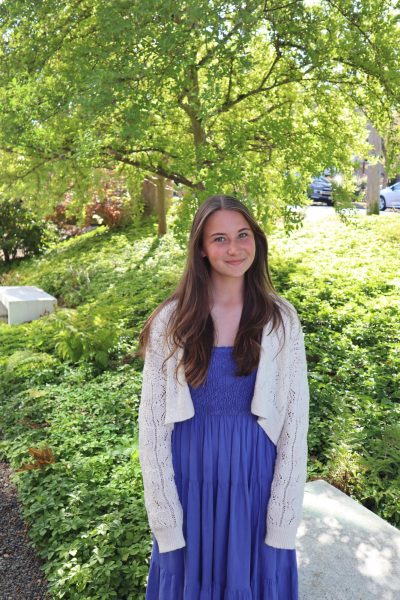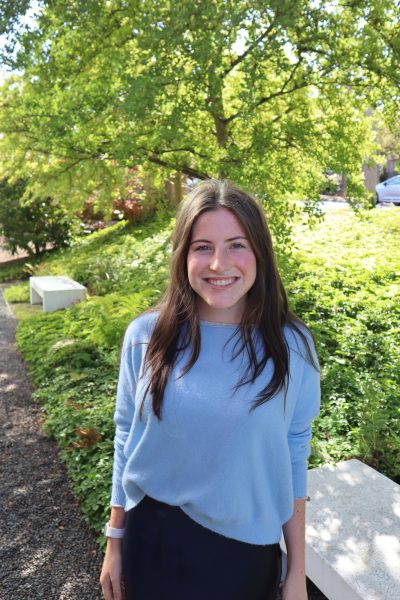Seattle Prep Juniors Learn About Local Native American History
April 20, 2023
As a part of Junior Collegio curriculum, students at Seattle Prep were assigned the “We are Still Here” project that gave them the opportunity to learn more about Native Americans in their communities. The project, created this year by Prep Junior Collegio teachers, is intended to provide students connections to Native American history in their community.
Students studied a unit all about Native American Rights in the United States and different laws that have been passed through U.S history about Native Americans leading up to their project.
Mrs. Slevin, Rahner Collegio English teacher, shared, “The students were overwhelmingly positive with the experience and loved going to the museums and learning new things.”
The students were told to either interview someone who was part of or had a connection to a Native American tribe in the Pacific Northwest or visit a site that would have historical artifacts from Native American history.
Elena Lovejoy ’24 of Kostka Collegio, shared that the most memorable lesson she gained from this unit was “Native American culture is represented as either people from hundreds of years ago, or as people who struggle with addiction, whereas in reality, their culture has been taken away, and native American people today are still pushing to get their culture out into the world.”
For this project, Lovejoy and her group decided to go to the Burke Museum on the University of Washington campus. There, the group chose three historic objects to write about and connect to modern issues in Native American tribes today. They chose two baskets, and a piece of modern art.
The first basket was made one hundred and fifty years ago, and the second was made ten years ago, but in the same style, which showed how traditions were passed down through generations. The artwork reflected petroglyphs that were made thousands of years ago in the Columbia River. Lovejoy and her group connected all the objects to the traditions that were passed through history.
Slevin said of the project, “We want students to have an experience of contemporary native culture that is right around us rather than just something taught as a part of history.”



